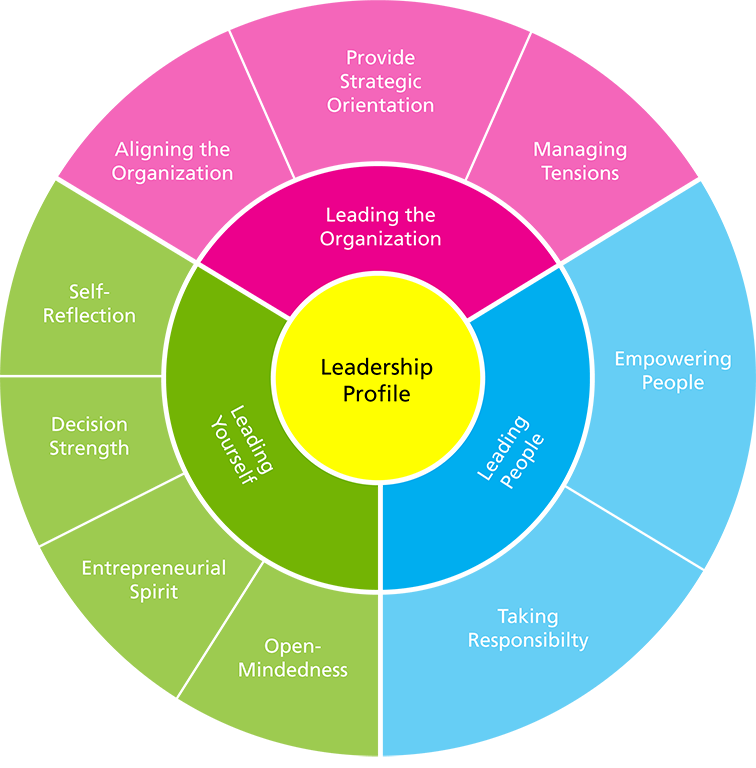
The book of James MacGregor Burns (2004), titled Transformational Leadership talked about the idea that effective leaders don’t always call for good leadership— They are expected to be great leaders. In many aspects, accomplishing some changes of the world that will change people and solve their needs is the best attribute of great leaders. As the book described, leadership is a moral undertaking– that is of greatest tasks and that responds to the wide varieties of people for happiness and freedom. The protection of people’s freedom, life, liberty and pursuit of happiness are part of the book’s theory in leadership. The book’s perspective deals with how different leaders lead by examples. Great leaders associate with individuals of different personalities, and can easily adopt to various communities. The book discussed the application of social sciences, businesses, and government, and emphasized the study of public health.
According to the Cambridge Leadership Associates (n.d.), adaptive leadership is a real-world leadership context that allows individuals and organizations to acclimatize and thrive in challenging atmospheres. Adaptive leadership model—-tends to connects between technical problems and adaptive problems– according the video by Laureate Education (2008). It is a type of model that is more collaborative, and guides in framing leadership situations of all kind. Adaptive leadership creates different parts of leadership styles, which include public health leadership. Public health leadership is a style of leadership with domino effect. Therefore, we can look at the connective issues involved in public health leadership. Public health leadership looks at wide-ranging approaches to leading. In the book, it is recommended for great leaders to understand their followers’ needs and wants.
Iconic leaders share unique perspective of leadership, Laureate Education (2008). Bill George at the Harvard Business School (HBS) wrote many leadership publications and research articles—that include a piece on authentic engagement in leadership. Bill George interviewed many hundreds of well-established scholars, and he realized there was no magic bullet to leading. He was very good in describing the perspective that astounded many conscious feelings. He wrote, amongst many speeches that leadership imperatives see one’s strengths and specializations and identify one’s own values and ethics. Leading from those values are the greatest model of an effective leader. Consequently, leaders can engage and motivate others while making critical changes in public health organizations. Effective leaders pick a consistent set of behaviors or leadership model to assess their leadership skills or styles. In many public health organizations, leaders have to ensure they are managing the vision and mission of the organizations (Laureate Education, 2008).
Reference
Burns, J., & MacGregor, J. (2004). Transforming leadership: A new pursuit of happiness. New York: Grove Press
Cambridge Leadership Associates. (n.d.). Adaptive Leadership. Retrieved from http://cambridge-leadership.com/adaptive-leadership/
Laureate Education (Producer). (2008). Leadership, professionalism, and ethics in public health practice: Leadership models [Video file]. Retrieved from https://class.waldenu.edu









